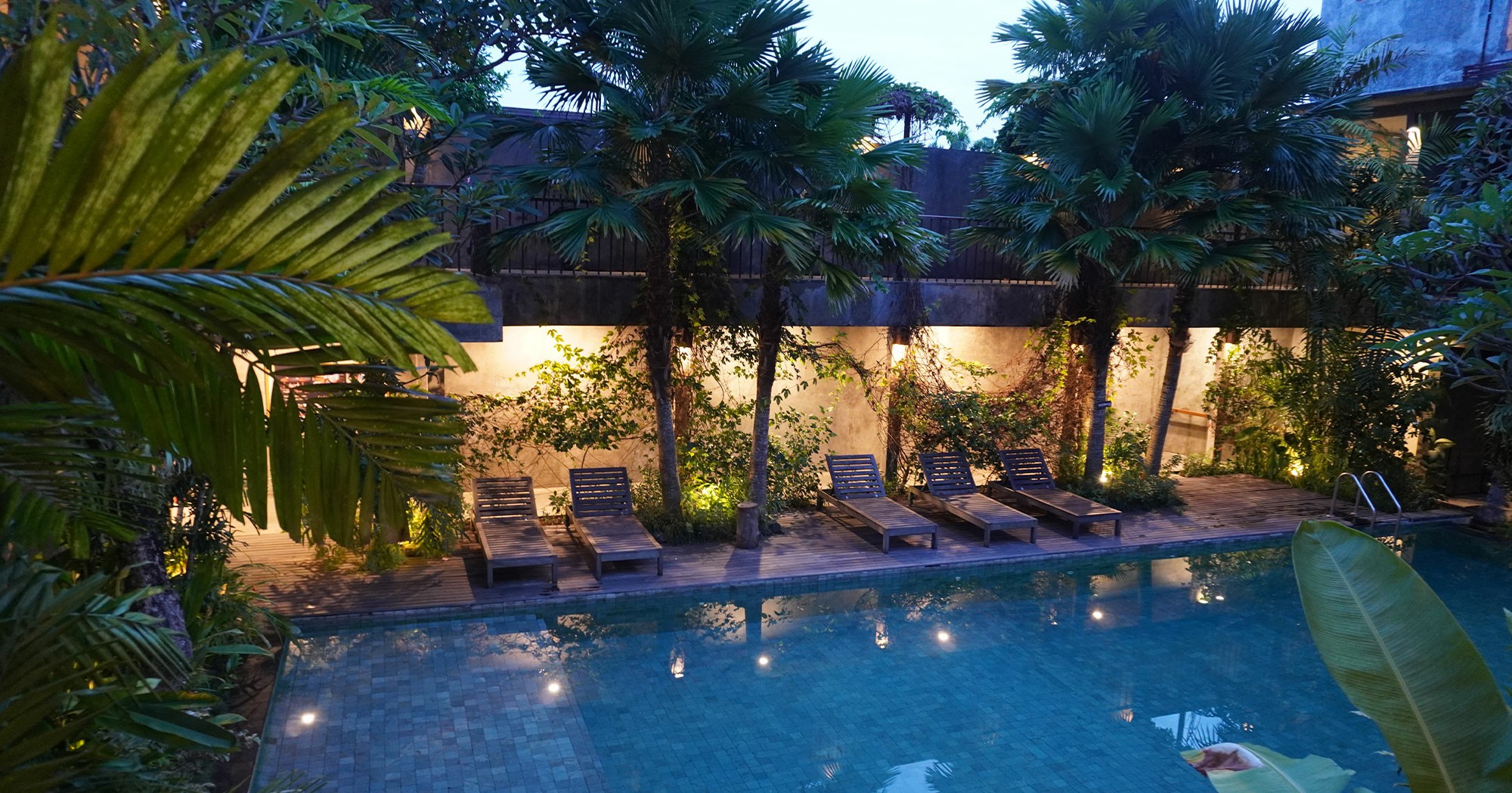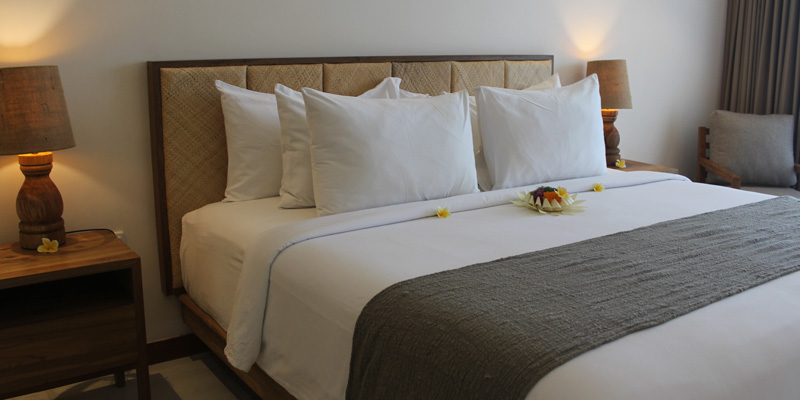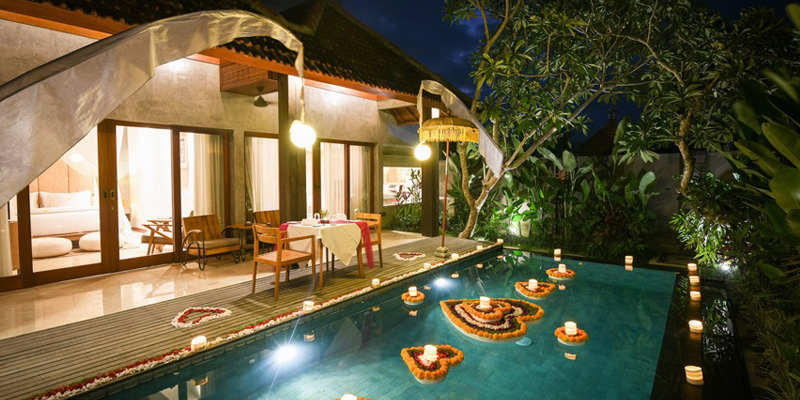History of Ubud
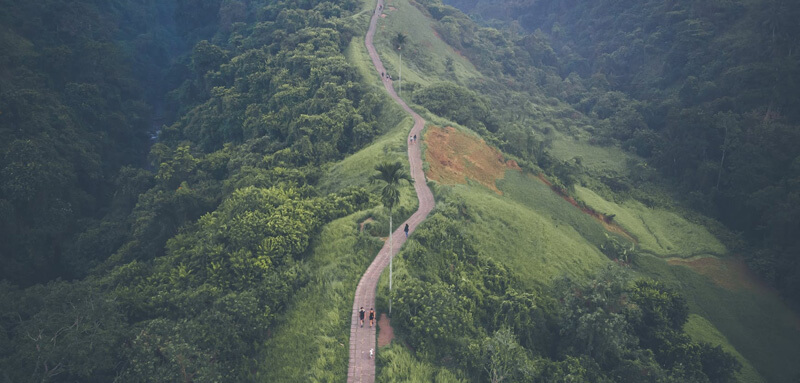
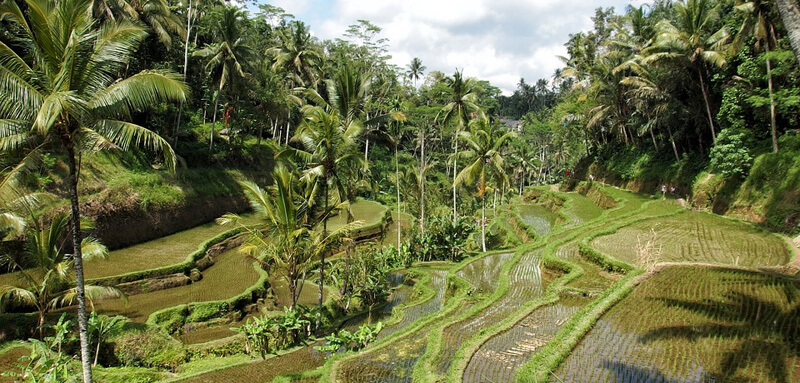
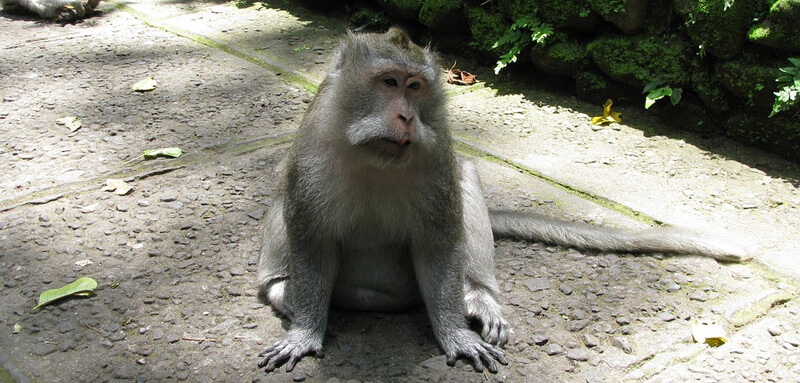
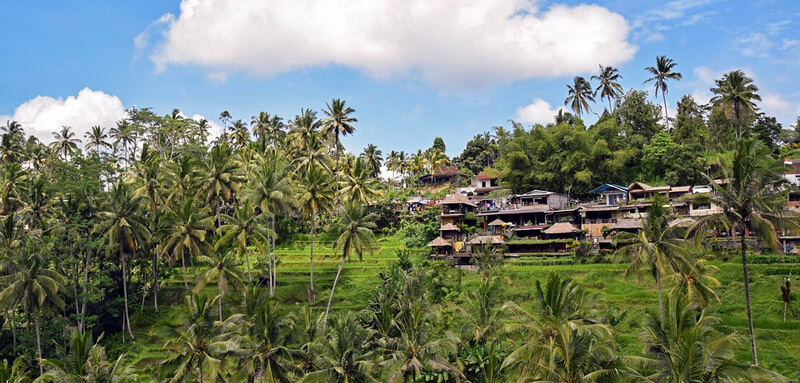
Ubud has a known history back to the eighth century, when the Javanese Hindu priest Rsi Marhandya came to Bali from Java, and meditated at the confluence of the two Wos rivers at Campuan (the area where Purana Boutique resort is located), just South of the modern day town centre. A shrine was established and later expanded by Dang Hyang Nirartha, the Javanese priest who is regarded as the founder of Bali's religious practices and rituals as we know them today. At this time the area was a centre of natural medicine and healing, and that is how the name Ubud originated: Ubad is ancient Balinese for medicine.
Further temples and monasteries were established over the next 400 hundred years or so. The temple complex at Gunung Kawi, and the cave temples at Goa Gajah (just east and northeast of Ubud), are architectural remains from this period. Many of the dances, drama and rituals still practised in Ubud today, originated at this time. King Airlangga ruled all of Java and Bali in this era, and his seat of government was located in what is now the village of Batuan, just southeast of Ubud.
The Javanese Majapahit kingdom conquered Bali in 1343, and the key final victory was against the Pejeng Dynasty centered at Bedulu, just to the east of Ubud. A great flowering of Balinese culture followed, and the ancestry of Ubud's current day aristocratic families can be traced back to this period. In the sixteenth Century, there was a total transplantation of the Majapahit Kingdom to Bali as the Islamisation of Java forced them eastwards. Power flip-flopped between various dynasties and feudal lords, but the Ubud area remained a very important cog in the various regencies which ruled the island.
In 1900, Ubud became a Dutch protectorate at its own request, and the colonialists interfered little, allowing the traditional arts and culture of the area to remain relatively unchanged. The modern era of Ubud is began in the 1930s, when foreign artists were encouraged by the royal family to take up presence in the town. From their Ubud base, the likes of Walter Spies and Rudolph Bonnet were instrumental in promoting an understanding of Balinese art and culture worldwide. Including Mario Blanco, the exotic artist painter who felt in love and marry with Balinese lady, Ni Rondji of Penestanan village. From the 1960s onwards, travelers started to arrive in earnest, mostly intrepid types as the infrastructure was still very limited indeed. Since then, Ubud has developed rapidly into a high profile, top class international destination, whilst still maintaining its integrity as the centre of Balinese art and culture.
Further temples and monasteries were established over the next 400 hundred years or so. The temple complex at Gunung Kawi, and the cave temples at Goa Gajah (just east and northeast of Ubud), are architectural remains from this period. Many of the dances, drama and rituals still practised in Ubud today, originated at this time. King Airlangga ruled all of Java and Bali in this era, and his seat of government was located in what is now the village of Batuan, just southeast of Ubud.
The Javanese Majapahit kingdom conquered Bali in 1343, and the key final victory was against the Pejeng Dynasty centered at Bedulu, just to the east of Ubud. A great flowering of Balinese culture followed, and the ancestry of Ubud's current day aristocratic families can be traced back to this period. In the sixteenth Century, there was a total transplantation of the Majapahit Kingdom to Bali as the Islamisation of Java forced them eastwards. Power flip-flopped between various dynasties and feudal lords, but the Ubud area remained a very important cog in the various regencies which ruled the island.
In 1900, Ubud became a Dutch protectorate at its own request, and the colonialists interfered little, allowing the traditional arts and culture of the area to remain relatively unchanged. The modern era of Ubud is began in the 1930s, when foreign artists were encouraged by the royal family to take up presence in the town. From their Ubud base, the likes of Walter Spies and Rudolph Bonnet were instrumental in promoting an understanding of Balinese art and culture worldwide. Including Mario Blanco, the exotic artist painter who felt in love and marry with Balinese lady, Ni Rondji of Penestanan village. From the 1960s onwards, travelers started to arrive in earnest, mostly intrepid types as the infrastructure was still very limited indeed. Since then, Ubud has developed rapidly into a high profile, top class international destination, whilst still maintaining its integrity as the centre of Balinese art and culture.






